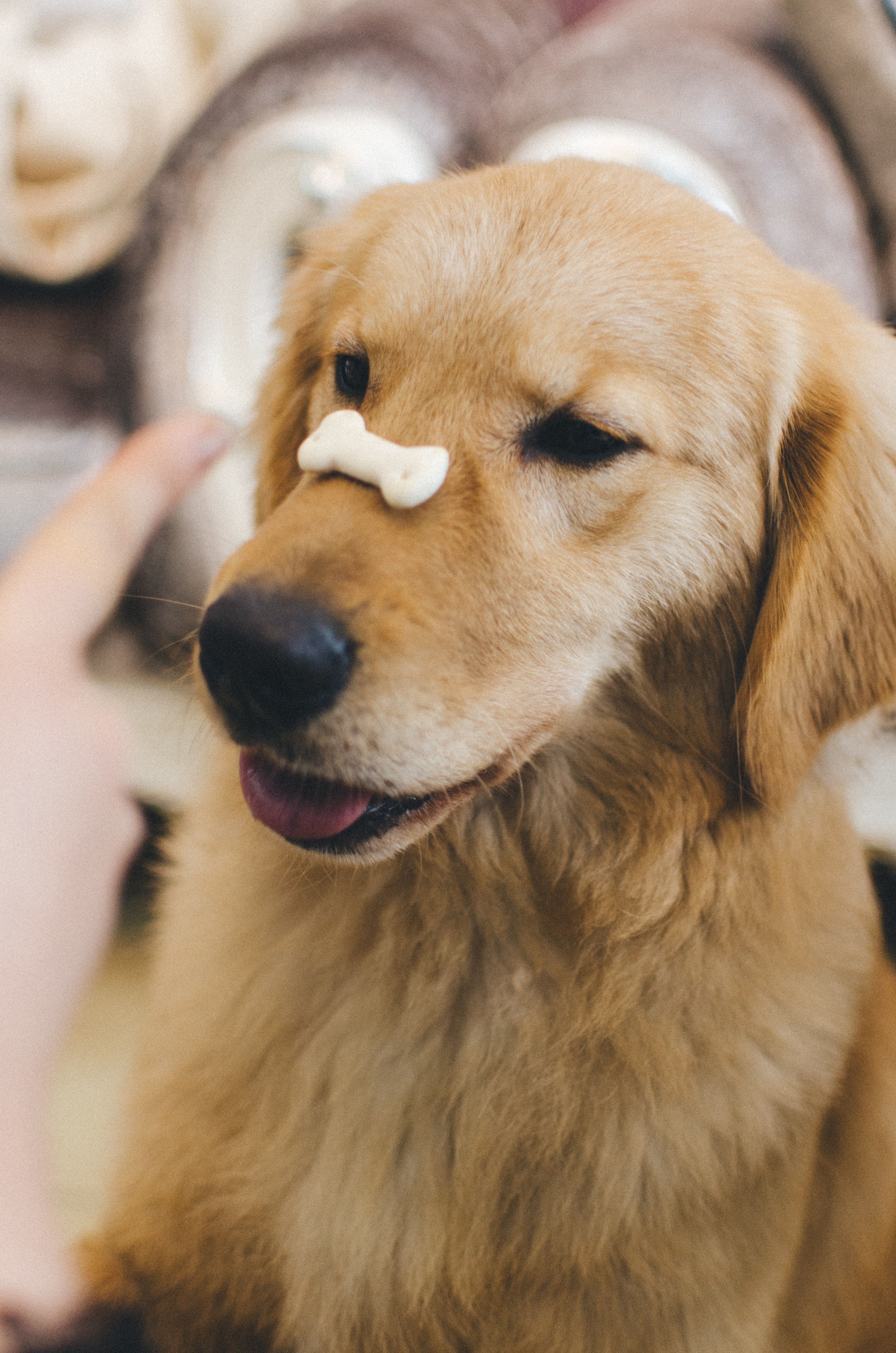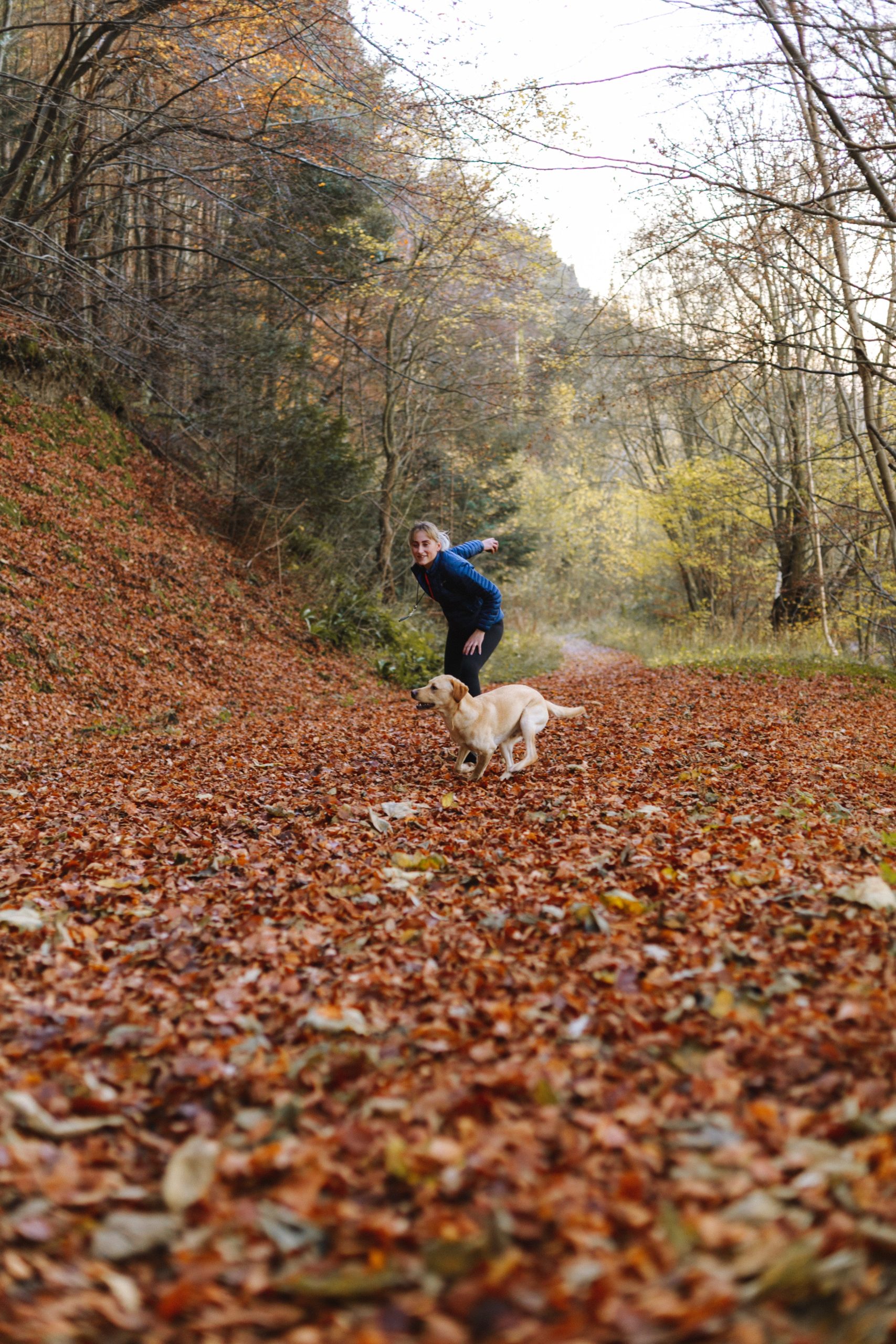The 2016 animated hit The Secret Life of Pets opens with an entertaining montage of scenes depicting how pets behave when their owners leave for the day. As owners say good-bye and head to work, closing the doors behind them, we see the Chihuahua who promptly urinates in the houseplants, the Pug who rearranges the furniture for a day of barking at squirrels, and the stately Poodle who secretly head-bangs to heavy metal music. And we meet the main character, Max the Jack Russell, who spends his day just sitting hopefully by the door, waiting with great anticipation for the return of his beloved owner.
Comedic though it is, there are elements of truth to many of these scenarios (except perhaps the head-banging Poodle.) In fact, dogs can get themselves into all sorts of trouble when they are home alone. For some dogs, being home alone signals a “safe” time for chewing furniture, getting into the trash, or sleeping on the bed they’re not allowed on when their owners are home. Extra energy, incomplete training, and/or boredom can lead them to explore these naturally enticing activities. From the dog’s perspective, chewing that wooden chair leg, eating those yummy thrown-away pork rinds, or curling up on the softest spot in the house make perfect sense and there is no “intent” on misbehavior. These dogs should be provided with increased enrichment and exercise. They should be crated when home alone to encourage them to be relaxed and to prevent them from getting into trouble. In the same way that parents restrict the freedom given to toddlers, while allowing older children gradually more independence when outside of their supervision, dog owners can gradually begin to leave dogs home alone in larger spaces in stages as they mature.
Before we attribute any of these home-alone canine capers to extra energy, curiosity, or boredom, however, we must consider that much of the problem behavior we see when dogs are home alone is indicative of something else altogether – separation anxiety. Behavioral indicators of separation anxiety including destruction, house soiling, and barking at windows, for example, when dogs are home alone. These can often be mistaken for mere nuisance behavior, yet they stem from different sources and must be treated differently.
Like The Secret Life’s Max, many dogs’ lives revolve entirely around their humans. When their humans are with them, the world is rich with food, belly rubs, walks in the park, and snuggles on the sofa. When their humans are gone, well, things can get pretty lonely. Dogs are a highly social species. In the wild, feral dogs often live in close proximity to each other with very little fighting and will spend time curled up near each other and share common food sources (typically village trash dumps). Pups from a very young age will reflexively whimper if separated from their mother, and these cries bring the mother to them so that she can carry them back to the safety of the nesting site. In the home environment, dogs seek out physical contact and affection from us throughout their adulthood – this is one of the reasons we love them so. Because dogs bond with humans as easily as they do with their own kind, we are in a sort of substitute parenting role and separation from us can be quite upsetting.
As pups, dogs must be taught to tolerate short periods of independence at first, with those times increasing in length as they get older. For many families, this is best arranged by using the crate, which is a great help for housetraining already and can serve as a “play pen” of sorts to allow for short bouts of independence while ensuring the dog’s safety. Dogs thus can learn that being alone is safe, occurs in manageable doses, and is always followed by the owner’s return. As they mature, their owners can allow them to “graduate” to increased freedom in the house without risk of separation anxiety.
Unfortunately, for those dogs who are rarely or never left alone early in life, or who are left alone for inordinately long periods without proper arrangements to make them feel safe, being left alone can be highly distressing. In extreme cases, these dogs can bark themselves hoarse, tear down blinds, vomit, urinate, or defecate inside the house, chew through walls, break out of locked crates, even breaking their own nails and teeth in the process. I’ve had countless clients over the years who have come home to find their dogs in puddles of their own saliva (excessive drooling is a sign of anxiety), shaking and panting profusely, or even running to greet them in the driveway, having broken through a window to escape. There is no need to exaggerate the seriousness of canine separation anxiety, as any owner who battles it can attest.
Thankfully, there are sound, effective, and evidence-based strategies for addressing separation anxiety. Thanks to the work of applied animal behaviorists, veterinary behaviorists, and dog trainers, a series of recommendations have been coalesced that, when used in combination, often serve to reduce or eliminate separation anxiety over time. In an upcoming post, I will elucidate intervention tactics for separation anxiety while discussing the case of anxious Amos the Airedale.
Megan E. Maxwell, Ph.D.
Certified Applied Animal Behaviorist





